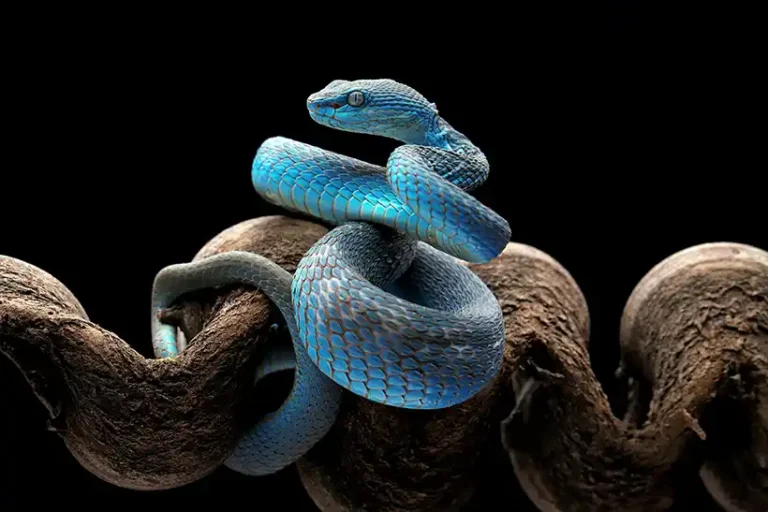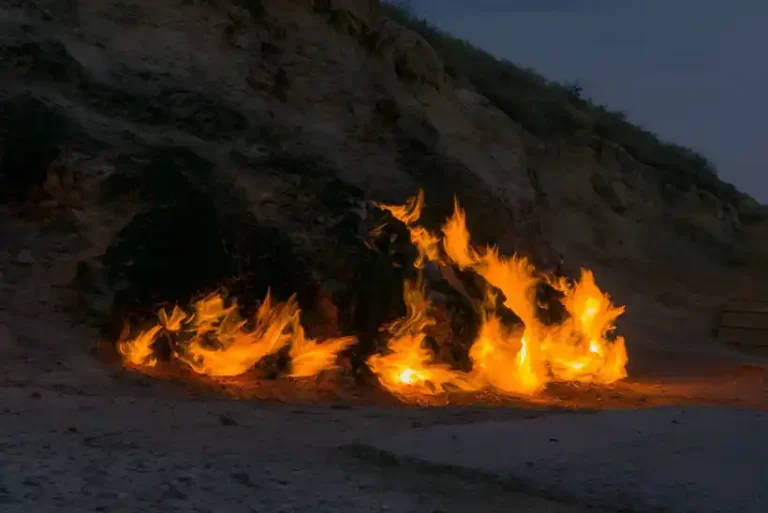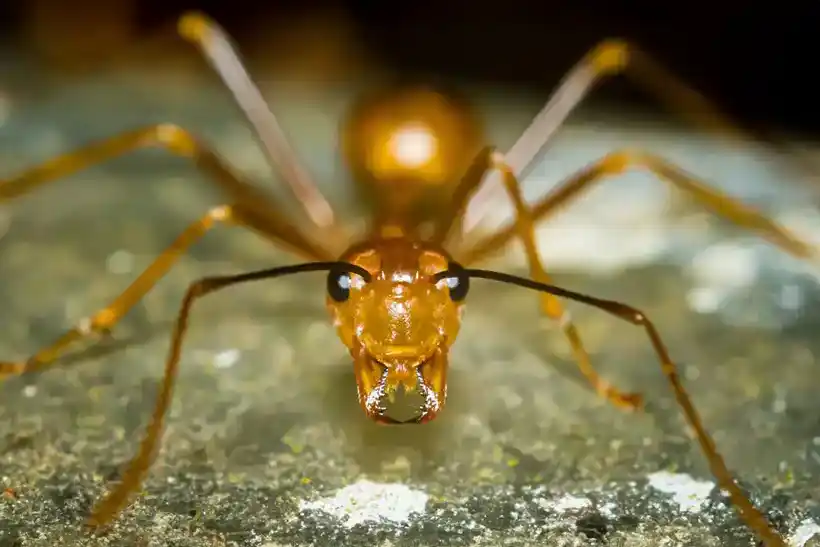
The International Union for Conservation of Nature lists yellow crazy ants as one of the worst invasive species in the world. Instead of biting or stinging, they spray formic acid, which can trigger reactions.
Typically found in tropical and subtropical locations. These ants move in an unpredictable, disorganised manner and when disturbed, they move even faster. According to experts, these ants spread rapidly and can “cause a great deal of damage to native wildlife.” Infestations of these ants are present in several areas of Australia.
Invasion of yellow crazy ants
As reported by the BBC, residents of seven villages in Tamil Nadu, a state in southern India, claim that hundreds of people have been affected by a yellow crazy ant invasion. Yellow crazy ants, one of the most invasive species, spray formic acid, which can be fatal or blinding. They claim that these insects affect their way of life by harming their animals and reducing crop yields.
The villagers claim that these ants have been present in the forests around the villages over the past few years. This is the first time they have shown up in such massive numbers. These ants keep multiplying, making it impossible for the locals to keep them under control. Villagers have reported that these ants have killed their pets and livestock, even snakes and even rabbits. The infestation, according to cattle herders who once lived close to the forest, has forced them to leave their homes. Experts are also concerned that the spread of these ants could harm the local ecology.
The veterinarian for the government claims that they do not precisely understand why these ants proliferate. They are unable to comprehend how to regulate them. Their metabolic rate rises along with the ambient temperature, which makes them eat more food. That might be the cause, but without data on the weather patterns in the infested areas, this cannot be confirmed.
Efforts to eradicate
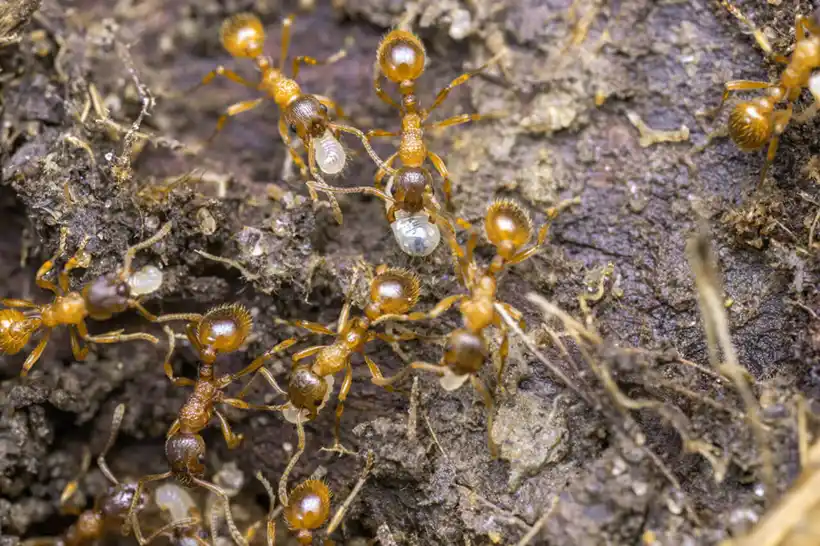
In Australia, the Wet Tropics Management Authority is working to eradicate yellow crazy ants from the Wet Tropics World Heritage Area.
Yellow crazy ants are very aggressive species and enter Australia via ports. These ants were first reported on Christmas Island before 1934. And since then, they have also been found in Queensland, the Northern Territory, and New South Wales. They currently pose a threat to Queensland’s wet tropics world heritage area. The planet’s oldest tropical rainforest that has survived continuously.
Yellow crazy ants initially displaced native ants on Australia’s Christmas Island by fighting them and taking over their food sources. Additionally, they blinded and incapacitated millions of red crabs on the island, killing them.
Despite their small size, they have the ability to kill several much larger creatures. Such as lizards, frogs, small mammals, turtle hatchlings, bird chicks, and alter entire ecosystems.
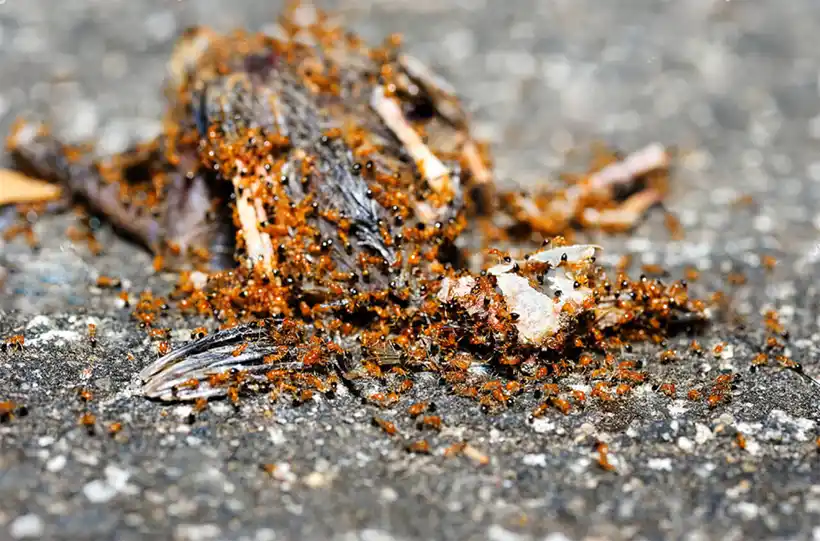
Yellow crazy ants have killed and damaged a great number of chicks in seabird nests abroad. In areas like the Johnston Atoll National Wildlife Refuge in the middle of the Pacific Ocean. These ants repeatedly spraying them with acid.
However, yellow crazy ants populations and effects vary according to regional environmental factors. And the Wet Tropics just so happen to be their ideal environment. If they are not halted, they might threaten an economic and ecological catastrophe. They can endanger livestock and crops and pose grave risks to nearby people.

